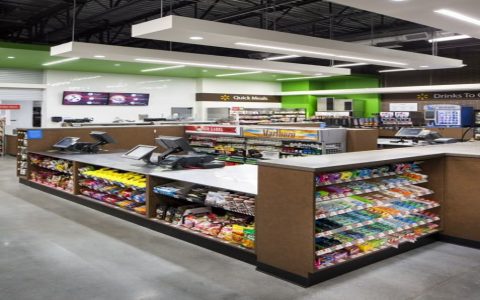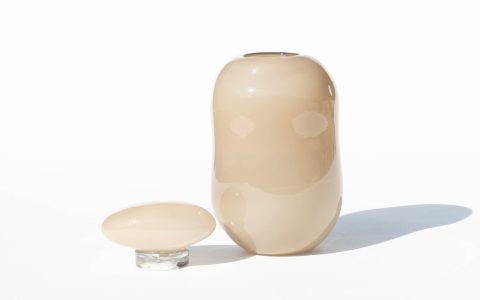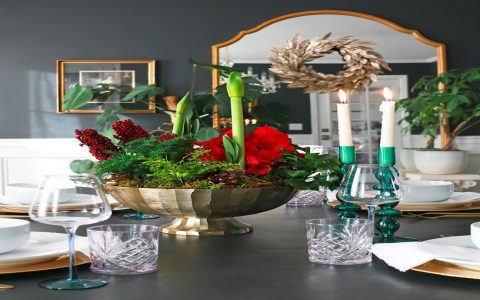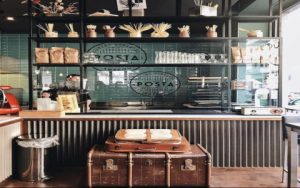Strategic supermarket design directly influences customer behavior, dwell time, and ultimately, basket size. Here are potent design strategies proven to encourage increased purchasing:
Strategic Layout & Flow
Guide customers past high-margin items:
- Right-Hand Turn Entry: Design the entrance to naturally funnel customers to the right (counter-clockwise flow), as most shoppers instinctively turn right upon entering.
- The "Decompression Zone": Allow space immediately inside the entrance (5-15 ft) for customers to transition. Avoid placing key merchandise here; instead, use it for carts, vibrant displays, or promotional signage.
- Power Perimeter: Place essential, high-traffic categories like Dairy, Meat, Produce, and Bakery along the store's walls. This forces customers to traverse the entire store to access staples, exposing them to center aisle goods.
- Wider Aisles at High-Traffic Areas: Ensure ample space in key departments (produce, deli, checkout) to prevent congestion and frustration, encouraging exploration.
Fresh Produce First
Position the produce section prominently near the entrance.
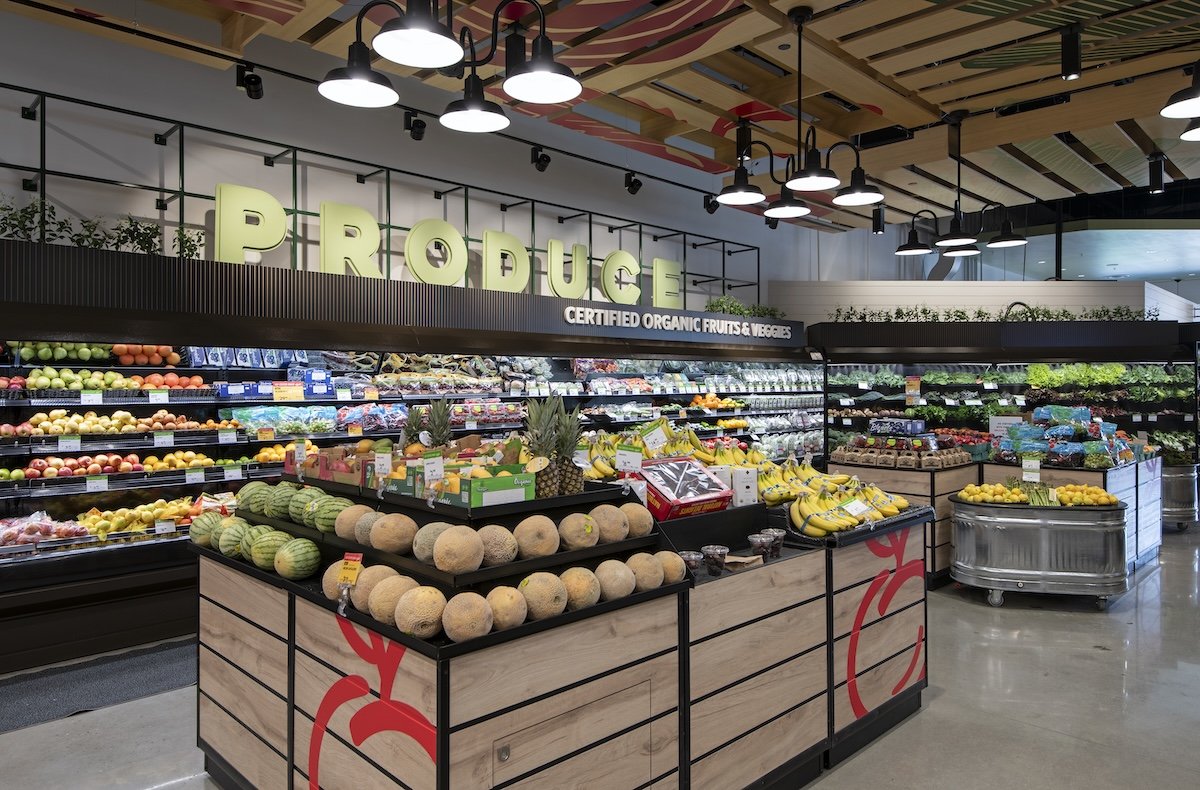
- Impact: Fills the cart early, establishes a perception of freshness and quality, and puts shoppers in a more positive mindset, potentially leading to more indulgent purchases later.
- Design Tactics: Use vibrant colors, abundant natural light where possible, misting displays, clear signage about origins/quality, and appealing low-profile bins accessible from multiple angles.
Gondola End Cap Optimization
Treat end caps as prime advertising real estate.
- Strategic Merchandising: Feature high-margin items, new products, seasonally relevant goods, or bundled promotions. Rotate selections frequently to maintain interest.
- Visual Clarity: Use bold signage, clean displays (avoid clutter), and potentially branded graphics to capture attention quickly from the aisle.
Category Adjacencies & Cross-Merchandising
Place complementary items together logically.
- Logical Pairings: Position pasta sauce next to pasta, snacks near beverages, BBQ sauces near grilling meats, dips next to chips, batteries near electronics.
- Dedicated Destination Zones: Create mini-destinations for meal solutions (e.g., "Italian Night" with pasta, sauce, cheese, garlic bread), breakfast items, or grilling supplies.
Sensory Engagement & Ambiance
Appeal to senses beyond sight.
- Signature Scenting: Subtle, pleasant bakery scents (vanilla, warm bread) near the entrance or bakery area can trigger positive emotions and increase perceived freshness.
- Dynamic Lighting: Use brighter, crisper lighting in Fresh departments for vibrancy. Warmer, softer lighting in specialty sections (e.g., gourmet cheeses, wine) can encourage browsing. Ensure consistent, high-quality lighting overall.
- Clear Acoustics: Moderate background music (familiar, pleasant genres at low volume) can mask other noise and enhance mood. Avoid loud announcements or jarring sounds.
Impulse Zones at the Checkout
Capture "last chance" purchases.
- Targeted Impulse Items: Stock candy, gum, magazines, small electronics, single-serve beverages, and grab-and-go snacks.
- Visibility & Accessibility: Use low-profile racks and displays within easy reach of customers waiting in line. Keep these items fresh and rotate stock.
Signage & Navigation
Make finding products effortless.
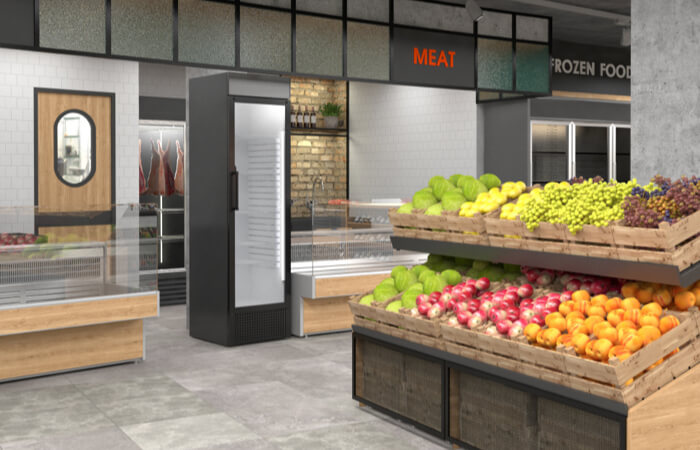
- Clear Hierarchy: Department signs should be large and visible from a distance. Aisle markers with clear category listings. Product signage should highlight price, unit price, key features, or promotions simply.
- Wayfinding Tools: Utilize overhead signage, maps (digital or physical), and consistent color-coding to minimize shopper frustration and maximize time spent browsing.
Sample Stations & Interactive Displays
Engage customers directly.
- Strategic Sampling: Place sample stations for new products, high-margin items, or meal components deep within the store. This provides value and encourages purchase.
- Interactive Elements: Simple recipe stations with ingredients displayed nearby or digital recipe kiosks can inspire larger basket builds.
Implementing these evidence-based design principles creates an environment that guides customers effortlessly, highlights high-value opportunities, and stimulates purchases while enhancing overall shopping experience.

